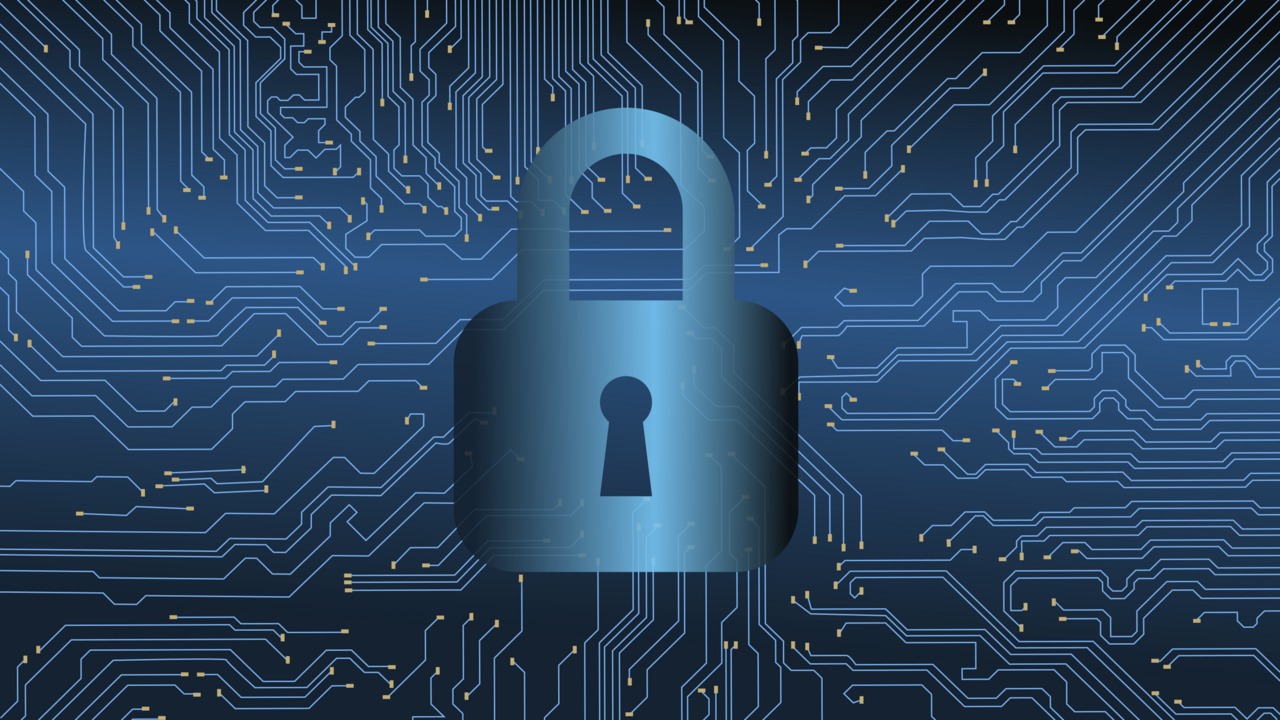Password reuse just became significantly more dangerous. Security researchers have added 183 million unique email addresses—complete with passwords and associated websites—to the Have I Been Pwned database, exposing one of the largest infostealer malware operations ever documented. If you’re like most people juggling dozens of online accounts with recycled passwords, there’s a solid chance your credentials are part of this haul.
The Synthient Data Dump Explained
Criminal malware operations harvested login data from infected computers worldwide.
The compromised data comes courtesy of Synthient, a threat intelligence company that aggregated billions of records from various infostealer malware campaigns before cleaning and normalizing the dataset. These infostealers work like digital pickpockets—they silently harvest login credentials from infected devices, then sell the data in underground marketplaces.
The breach occurred in April 2025, but security expert Troy Hunt only added the dataset to Have I Been Pwned in October. The timeline highlights how long stolen credentials can circulate in criminal networks before reaching public awareness.
Check Your Exposure Now
Most victims remain unaware until they become targets of follow-up attacks.
Head to haveibeenpwned.com and search your email address to see if your credentials appeared in this or any previous breach. The sobering reality? According to Hunt’s analysis, 91% of the newly added email addresses were already present in previous breaches, highlighting just how extensively our login details circulate online.
Your streaming service password from years ago might still be helping criminals access your accounts across multiple platforms.
Damage Control Steps
Immediate action beats hoping criminals won’t notice your data.
If your email shows up in the results, change passwords immediately for any affected accounts—and honestly, probably all your important accounts while you’re at it. Enable two-factor authentication wherever possible, because even if your password leaks again, criminals still can’t access your accounts.
Consider this your wake-up call to finally embrace a password manager that generates unique passwords for every site.
The bigger picture remains grim: Have I Been Pwned now tracks over 15.3 billion compromised accounts across 916 documented breaches. Your digital identity isn’t just vulnerable—it’s actively under attack by sophisticated criminal networks operating with industrial efficiency. The question isn’t whether your data will be compromised, but how quickly you’ll respond when it happens.





























